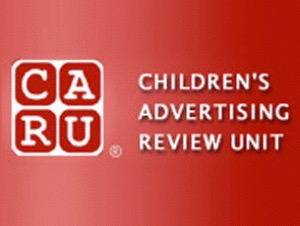By D. John Hendrickson

Companies advertising to children…take heed! In a recent decision, CARU took what seems to be an especially hardline stance regarding the required sufficiency and clarity of disclosures made to children.
In an action initiated through its routine monitoring program, CARU questioned whether Mattel’s :15 commercial for the “Sofia The First Royal Prep Academy” product adequately disclosed what items were included in the initial purchase and what items were sold separately.
The spot opened with a shot of the academy playset, the Sofia action figure and her bunny companion, Clover, all of which are included in the initial purchase of the product. The spot then proceeded to incorporate other figures which are sold separately in a “figure pack,” including the headmistress fairies, Crackle the Dragon, Sofia’s sister, Amber, and Sofia’s pet flying horse, Minimus.
In response to CARU’s inquiry, Mattel asserted that the commercial clearly depicted that the “figure pack” is sold separately because: (i) the first four seconds of the commercial are dedicated to the products included in the initial purchase, (ii) the “figure pack” is visually separated from the initial purchase products in the closing island shot, and (iii) the island shot is accompanied by the following audio disclosure: “Magic Royal Academy set and figure pack each sold separately. Adult assembly required.”
CARU, however, determined that these arguments were inadequate. Specifically, while CARU appreciated the clear visual depiction of the separate purchase in the closing shot of the commercial, it nonetheless found that the compound nature of the audio disclosure (i.e., the addition of the words “Adult Assembly Required” to the words “each sold separately”) was confusing to children. Accordingly, CARU recommended that a clear and prominent audio disclosure regarding what comes with the initial purchase, separated from the disclosure “assembly required,” be added to the island shot.
Takeaway: Compound disclosures should be avoided in children’s advertising. If a television advertisement directed toward children depicts items that are not included within the initial purchase, advertisers should include: (i) an island shot at the end of the commercial which clearly shows the fact of a separate purchase, together with (ii) a simple, understandable and conspicuous disclosure.
Legal disclaimer: This article is not intended to constitute legal advice or to create an attorney-client relationship. We trust you knew this anyway.